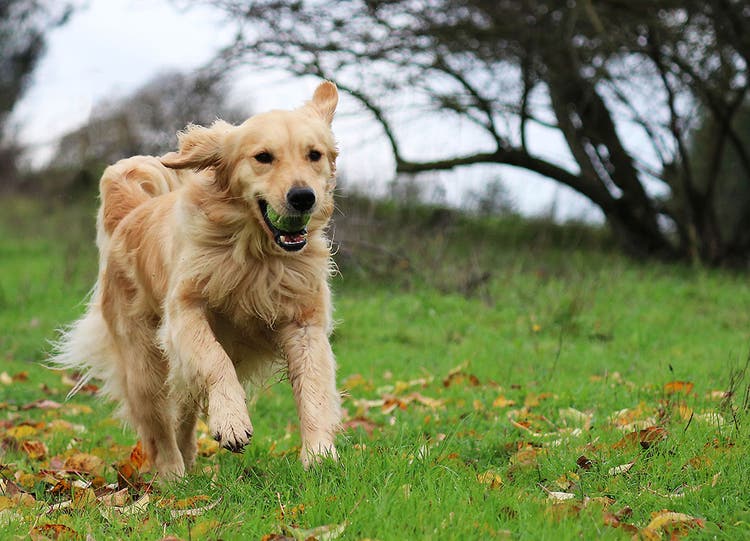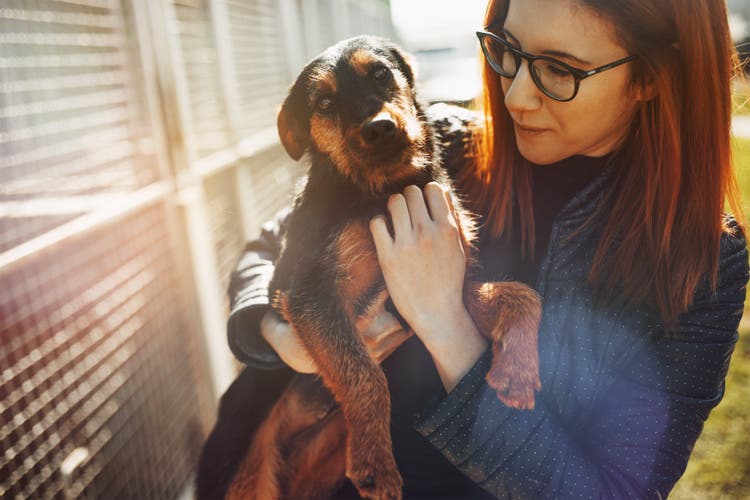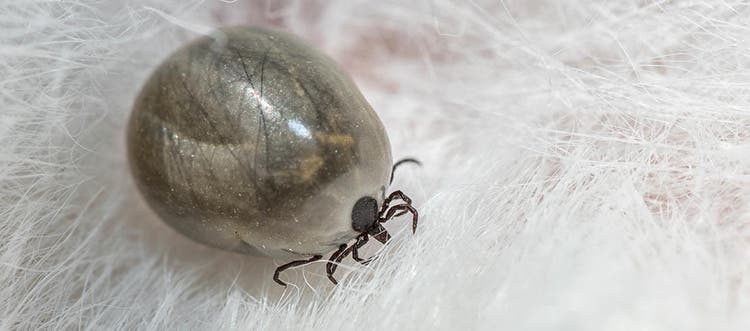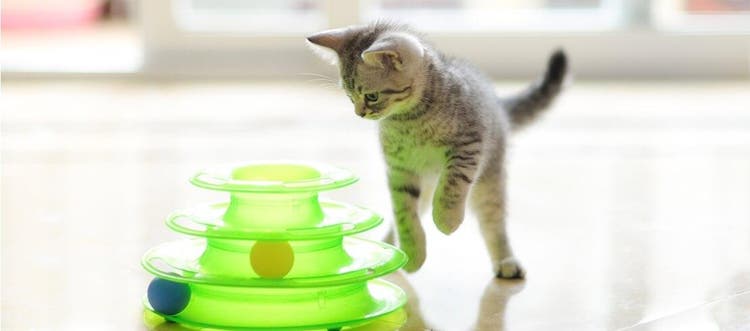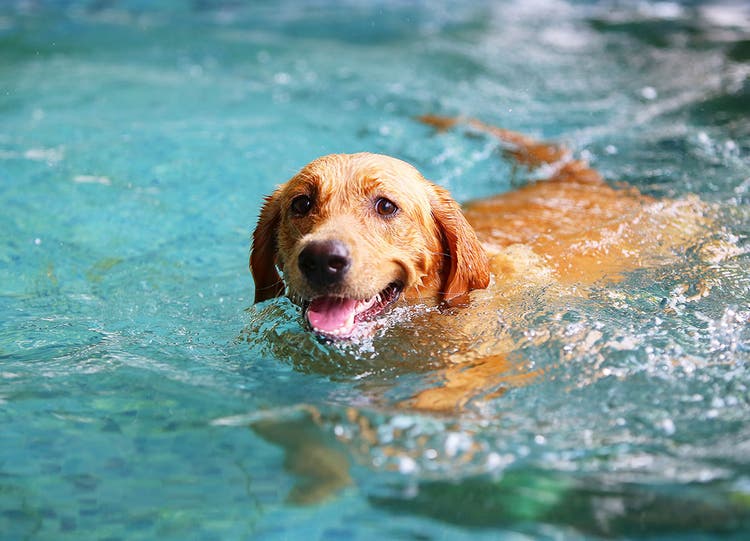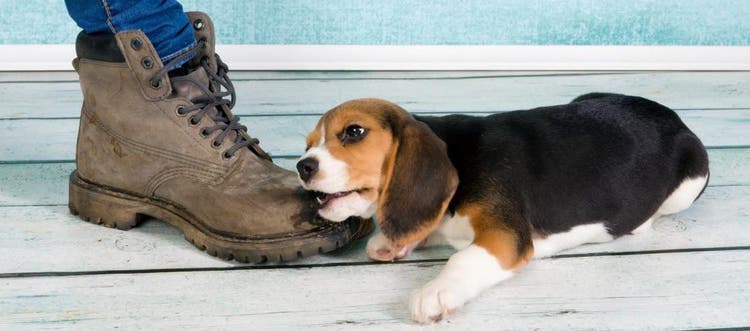Most dogs have or will pick up fleas at some point in their lives to the frustration of conscientious owners. But how do dogs get fleas?
Fleas are a common problem because it is very easy for your pet to pick up fleas, usually in an environment that is accessed by other infested pets or wildlife. Fortunately, there are simple measures dog owners can take to reduce the risk of their pet being taken for a ride.
Flea hotspot #1 – Other animals
Your dog will most likely pick up fleas outside during contact with other animals, be they pets or wildlife. Dogs are sociable creatures, and fleas can jump from the pup they met in the park to your pooch or even from other pets.
Dogs love to investigate open spaces where wild animals carrying fleas are also present. On your daily walk, or even in your backyard, your dog could come in contact with birds, rabbits, squirrels, other rodents, raccoons or deer, or places these animals have been.
How to prevent your dog from catching fleas from animals
Discourage wildlife from coming into your yard. Try not to leave out anything that may tempt them, such as your dog’s food, nuts or seeds. Keep garbage bags in a bin, so as not to attract hungry foxes and raccoons.
Socializing with other dogs and pets is important for your dog’s wellbeing. Rather than restrict contact with other pets, the most effective way to protect dogs from fleas is to use a flea treatment regularly. You’ll need to apply it to all pets in your household to minimize the chances of an infestation.
Flea hotspot #2 – Your home
Unfortunately, uninvited fleas can easily break into your house and make it their home, too. Fleas can make their way into the home environment by hitching a ride on people’s clothing, and fleas can be carried in by pets visiting you or on nesting wild animals, such as mice that may have set up camp under your floorboards.
Remember, home flea infestations happen quickly – a single female flea can lay up to 40 eggs a day!
How to prevent fleas from coming into your home
If furry friends are coming over for a visit, try to politely find out from the pet owner whether their flea treatment is up to date, so fleas aren’t passed to your pets or into your home environment.
If you do have a rodent issue, you may need to tackle that to help cut the risk of fleas entering your home.
In the event that you find fleas on your pet, or in your home, you should act quickly, targeting them at every stage of their lifecycle:
- Wash all bedding, including pet bedding in hot water (ideally 50 degrees Celsius or above to kill adult fleas and their eggs)
- Thoroughly vacuum all carpets to help remove flea eggs and dispose of the bag outside, away from the house
- You may wish to steam clean your carpet to help kill flea larvae
Find out more on how to get rid of fleas in the home once and for all.
Flea hotspot #3 – Pet facilities
Areas that are visited by other dogs pose a risk of fleas for your pet. Doggy day care, grooming facilities and boarding kennels are not always free from fleas. Despite often strict rules requiring dogs to be flea-free in these facilities, treatment varies from one dog owner to another, so fleas can easily find their way in.
How to prevent picking up fleas at dog services
Ask your dog service providers about the flea prevention protocols in place to ensure your pet is sufficiently protected. It’s important to find out how they respond in the event of finding an animal under their care with fleas and how often they have outbreaks in their facilities, so you can be prepared if one happens.
Flea hotspot #4 – Outdoors
Cat and dog fleas do not live freely outside, because they must spend their adult lives on pets or wild animals, but eggs, larvae and pupae can be found in warm, sheltered areas. If you have experienced a flea infestation in your home, and your dog spends time outside the house (for example, an outdoor kennel or in the car), these places must also be treated, because they can be a source of repeated infestation.
How to protect your dog from fleas in the environment
It’s good practice to check your dog for ticks after a play in the park or any area with long grass, so why not also keep a lookout for fleas after walks and meeting other animals by using a flea comb? Flea feces, known as flea dirt, are a tell-tale sign that your dog has fleas, so, look out for black specks on your dog's skin and fur.
Flea hotspot #5 – Warmer climates
If you’re travelling with your dog, they will be exposed to different parasites and the diseases they carry. In warmer regions, fleas are a particular risk, because they are able to survive for longer periods in the open environment without a host.
How to protect your dog from fleas when travelling
An easy way to protect your furry friend from fleas and ticks while travelling is to use a flea and tick treatment, so you can enjoy your adventure without worrying about your pet. You can discuss the all the options for prevention with your veterinarian. Advantage®II and K9 Advantix®II flea treatment kills fleas through contact, before they get a chance to bite, reducing the risk of transmitting diseases.
Flea prevention is better than a cure
You want your dog to enjoy life, whether that’s being cozy at home or exploring the great outdoors, without the irritating itch flea bites cause (or worse, skin disease and hair loss). With so many opportunities for your dog to pick up fleas, the most effective method of protecting your pet is to use a product that prevents fleas in the first place.
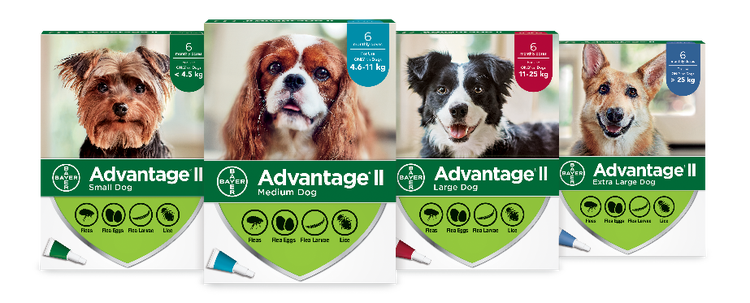
Advantage®II for Dogs
Advantage®II is a fast-acting flea treatment for dogs that protects against fleas, flea eggs, flea larvae and lice.
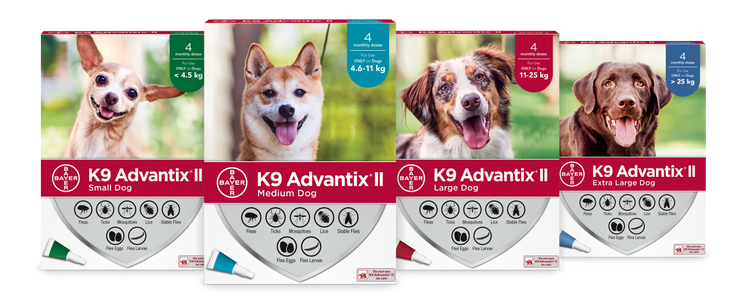
K9 Advantix®II for Dogs
K9 Advantix® II protects dogs from fleas, ticks, mosquitoes, lice, stable flies, flea eggs, flea larvae

